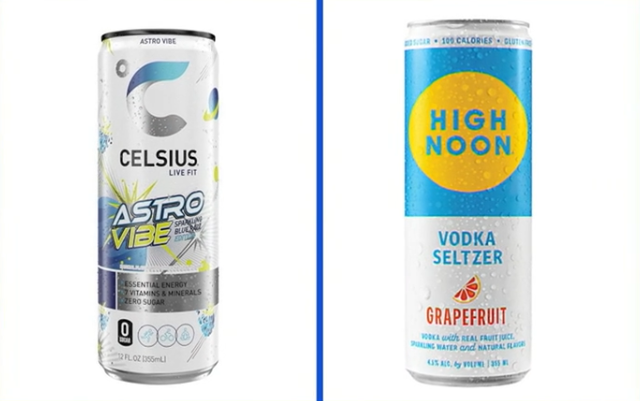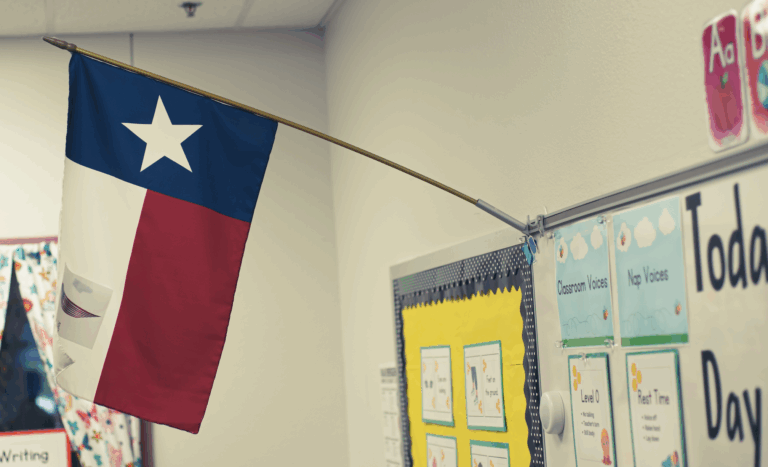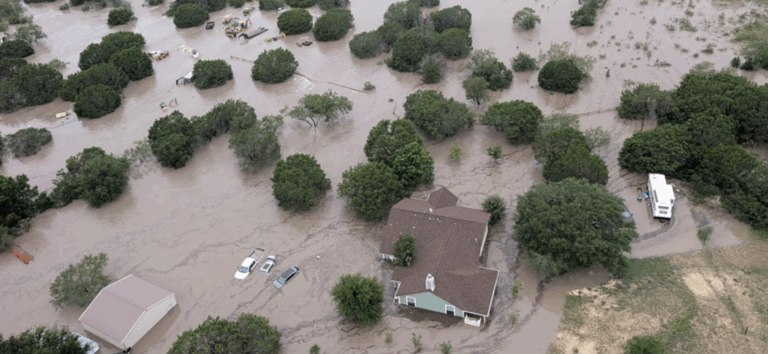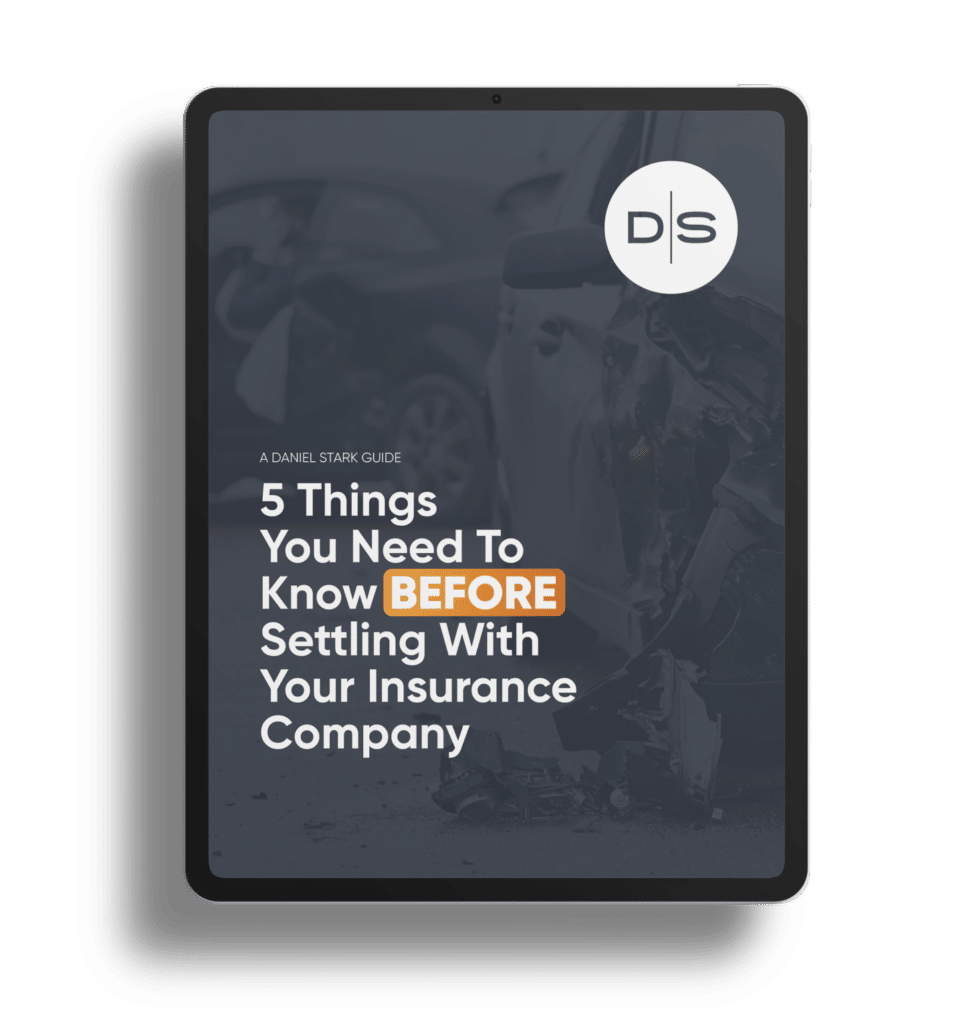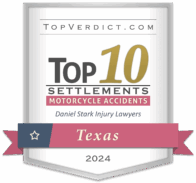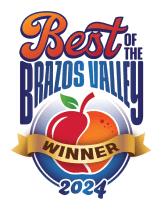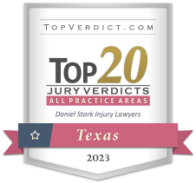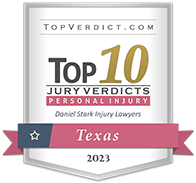Author: Shelby Benavidez
Contributing Attorney: Matthew Brunell, Attorney
Product recalls are more than shocking headlines or the hassle of returning something. They show how U.S. consumer protection laws work, and sometimes where they fall short. Four recent recalls highlight the wide range of dangers that can lead to action: the IKEA 365+ VÄRDEFULL garlic press, the KidKraft Farm to Table Play Kitchen, the CELSIUS® Astro Vibe “Sparkling Blue Razz” mix-up tied to High Noon’s Beach Variety Pack, and the Amazon Basics Premium Foam Eurotop Mattresses.
In this article, we break down each recall, explaining what went wrong, the laws involved, and the warning signs that manufacturers and retailers need to watch for.
1) IKEA Garlic Press Recall: Metal Fragments and Safety Risks
IKEA recalled about 43,800 of its IKEA 365+ VÄRDEFULL garlic presses in the U.S. after finding that small metal pieces could break off during use, creating a risk of injury or ingestion. If you’re not sure what model you have, the affected presses have a black rubber handle and a zinc-coated chamber, with the IKEA logo printed on the handle. Globally, there were ten reports of issues, including three injuries, though none occurred in the U.S. You can return the product for a full refund, even without a receipt.
This type of recall falls under the Consumer Product Safety Act (CPSA). The law requires companies to report potential defects to the U.S. Consumer Product Safety Commission (CPSC) if a product could cause serious injury or death. Because broken pieces that might be swallowed are especially dangerous, the CPSC treats these cases as a high priority. IKEA worked with the agency on a “Fast Track” recall to get these products off the shelves as quickly as possible and alert customers who have already purchased the product.
“Even with a prompt recall, IKEA could still face lawsuits,” said Matthew Brunell, Daniel Stark attorney. “Possible claims include product liability for a defective design, negligence for not testing enough, or failure to warn about risks.”
For products that involve food contact, manufacturers are required to have safety checks under normal and even unintended use. If fragments might break off, companies have to build in extra safety measures in the design, use stronger materials, and keep monitoring products after launch to catch problems early.
2) KidKraft Play Kitchen Recall: Child Strangulation Hazard
About 192,000 KidKraft Farm to Table Play Kitchens were recalled after a tragic incident in 2023, when a 23-month-old child died from strangulation after clothing got caught on the accessory hooks. The CPSC explained that the hazard occurs when children climb on the counter or crawl through the back opening, where their clothing can snag on the plastic or metal hooks. The recall was announced July 31, 2025, and offers a repair by replacing the hooks for free. The situation is complicated by the fact that KidKraft, Inc. filed for bankruptcy in May 2024. Backyard Kids, LLC, which later sold some of the affected kitchens, stepped in to carry out the recall and provide the new hooks.
Children’s products are held to the highest safety standards under the Consumer Product Safety Act (CPSA). Hazards that can cause strangulation are especially serious, and when a death has occurred, the CPSC expects quick, visible action to protect consumers.
Because the original company went bankrupt, the recall process is more complex. The CPSC worked with Backyard Kids to make sure families could still get replacement parts, even though Backyard Kids only sold a portion of the affected units. This shows how the agency prioritizes consumer safety above corporate technicalities.
“Recalls involving fatalities are more susceptible to lawsuits,” Brunell said. “Families may argue the product was defectively designed since climbing and crawling are predictable behaviors for toddlers, that warnings were inadequate, or that safer alternatives should have been used such as different hook designs, breakaway features, or removing the rear opening completely. Bankruptcy doesn’t erase liability for other companies in the distribution chain, like retailers or later distributors.”
When making products for children, designers must carefully consider predictable child behavior and risks like clothing getting caught. Safety features such as breakaway parts, rounded designs, or removing snag points altogether may be necessary. After a serious incident, companies should be prepared to offer repair kits if the problem can be fixed without replacing the whole product – especially if the original company is no longer in business.
3) CELSIUS® Energy Drink Recall: Alcohol Mix-Up with High Noon
High Noon recalled two lots of its Beach Variety 12-packs because some boxes accidentally included cans labeled as CELSIUS® ASTRO VIBE™ energy drink but actually filled with High Noon vodka seltzer. The main danger is that people could unknowingly drink alcohol, especially since they wouldn’t expect it in a product labeled as an energy drink. The FDA posted the recall notice on July 30, 2025. CELSIUS later explained that a third-party can supplier mistakenly sent empty CELSIUS cans to High Noon’s facility, where they were filled with vodka seltzer and packed into the variety packs. Consumers are told to throw away affected CELSIUS cans (identified by specific lot codes and a silver lid) and not drink them.
This case involves mislabeling and falls under more than one regulator:
FDA: Mislabeling a product in a way that hides alcohol content is a serious violation under the Federal Food, Drug, and Cosmetic Act. That’s why the FDA published the recall announcement.
TTB: Because alcohol is involved, the Alcohol and Tobacco Tax and Trade Bureau (TTB) also has oversight of labeling and distribution.
“Even though no injuries have been reported, this type of mix-up can be a serious liability issue,” Brunell said. “Consumers could bring claims under state consumer-protection laws, false-labeling rules, or even class actions demanding refunds. The risk is especially high for vulnerable groups—like minors, pregnant people, or those who avoid alcohol for medical or religious reasons.”
This recall also shows the dangers of shared packaging suppliers. If one supplier handles cans for multiple brands, mistakes can have big consequences. Stronger safeguards—such as unique lid colors, barcode scans, receipt checks, and automated vision systems—are not only smart engineering steps but also important legal protections. In this case, the silver lid (instead of CELSIUS’s usual black lid) was a visible clue that could have caught the problem earlier.
4) Amazon Basics Mattress Recall: Fire Safety Violations
About 2,700 Amazon Basics Premium Foam Eurotop Mattresses were recalled after the CPSC found they did not meet required federal flammability standards, creating a fire hazard and risk of serious injury or death. The mattresses were sold online between January 2023 and June 2024. Customers are offered a full refund, but instead of shipping the product back, they must mark the mattress “Recalled,” upload a photo and a disposal confirmation through the recall portal, and then receive their refund (either to their payment method or as an Amazon gift card). At the time of the recall, no incidents or injuries had been reported.
By law, all mattresses must meet federal flammability rules (16 C.F.R. Parts 1632 and 1633). Failing to meet these rules is a clear violation, which makes recalls straightforward. Because mattresses are large and hard to return, the CPSC often allows a “proof of disposal” method instead. Amazon’s recall process—photos and a disposal certification—follows this approach, preventing unsafe products from being resold or reused.
“Even without injuries, selling noncompliant mattresses can be strong evidence in lawsuits and, in some states, can automatically support negligence claims,” Brunell said. “Online retailers, especially those selling private-label brands like Amazon Basics, could face scrutiny, as well, since they may be treated as the product’s manufacturer.”
For private-label products, companies need strict supplier oversight and regular testing to prove compliance. Records such as test results, prototype IDs, and manufacturing dates are critical not just for quality control but also as legal protection. Amazon’s recall notice included this detailed information, showing the level of traceability regulators expect.
What To Do If You Own a Recalled Product
If you have any of these products in your home, stop using the recalled products immediately and follow the official instructions. IKEA and Amazon are offering full refunds, with IKEA not even requiring a receipt. KidKraft and Backyard Kids will provide free replacement hooks, and families should remove the old ones right away. CELSIUS Astro Vibe cans with the listed lot codes or silver lids should be thrown out and never consumed. In all cases, consumers should keep photos or receipts and use the recall websites or phone numbers provided by the companies or federal agencies to complete the process.
Looking at the bigger picture, each recall highlights a different kind of risk. The IKEA garlic press shows how small metal fragments can turn a simple kitchen tool into a safety hazard, triggering a fast-track refund. The KidKraft play kitchen illustrates the dangers of foreseeable child behavior and how recalls can proceed even when a company has gone bankrupt. The CELSIUS/High Noon labeling mix-up is a reminder that packaging is a crucial part of product safety, and that errors from shared suppliers can spread quickly across brands. Amazon’s mattress recall underscores the strictness of fire safety standards and the use of disposal-based refunds to handle large products.
